Introduction
Explore the vibrant world of Kribensis (Pelvicachromis Pulcher), beloved for their dazzling colors and peaceful nature in freshwater aquariums. This comprehensive guide delves into their origins, ideal tank setups, breeding techniques, and essential care tips to help you create a thriving environment for these West African beauties.
Table of Contents
- Overview of Kribensis
- Natural Habitat and Distribution
- Aquarium Setup for Kribensis
- Ideal Water Conditions
- Feeding and Diet Tips
- Breeding Kribensis: Step-by-Step Guide
- Common Health Issues and Solutions
- Compatible Tank Mates
- Conclusion and Additional Resources
1. Overview of Kribensis
Kribensis, scientifically known as Pelvicachromis Pulcher, are captivating cichlids that bring vibrant colors and peaceful behavior to any community tank. They are known for their distinct sexual dimorphism, with males displaying longer fins and brighter colors, while females are slightly smaller with rounded fins. Their calm demeanor and stunning appearance make them a favorite among beginners and experienced aquarists alike, adding beauty and interest to any freshwater setup.
2. Natural Habitat and Distribution
In the wild, Kribensis thrive in the slow-moving waters of West African rivers and streams, particularly in Nigeria and Cameroon. They prefer habitats with dense vegetation, sandy substrates, and plenty of hiding spots among rocks and driftwood. Understanding their natural environment is crucial for replicating these conditions in captivity, ensuring they feel secure and exhibit their natural behaviors.
3. Aquarium Setup for Kribensis
Creating an ideal habitat for Kribensis starts with a well-planned aquarium setup. Provide a tank size of at least 80 liters for a pair, with larger tanks recommended for community setups to minimize aggression. Incorporate a sandy substrate to mimic their natural habitat and offer numerous hiding places using caves, rock formations, and dense vegetation. Live plants like Anubias and Java ferns not only enhance the aesthetic appeal but also contribute to water quality and oxygenation.
4. Ideal Water Conditions
Maintaining optimal water parameters is essential for the health and well-being of Kribensis. Keep water temperatures between 24-28°C (75-82°F) and maintain a pH level ranging from 6.0 to 7.5. Water hardness should ideally be soft to moderately hard, with a range of 5-12 dGH. Regular monitoring and adjustments, along with weekly water changes of 20-25%, help maintain stable and pristine water conditions, crucial for their overall health.
5. Feeding and Diet Tips
Kribensis are omnivores with a diverse diet in their natural habitat, consisting of small insects, crustaceans, and plant matter. In captivity, they thrive on high-quality flake or pellet food supplemented with live or frozen foods such as brine shrimp, bloodworms, and daphnia. Introduce blanched vegetables like spinach or zucchini to provide essential vitamins and fiber. Feed them small portions twice daily to ensure they receive adequate nutrition without overfeeding, which can lead to water quality issues.

6. Breeding Kribensis: Step-by-Step Guide
Breeding Kribensis is a rewarding experience for aquarists, thanks to their relatively straightforward breeding behaviors. Sexing Kribensis is possible through visual cues, with males displaying more intense colors and elongated fins compared to females. Create a separate breeding tank equipped with flat stones or ceramic caves for egg-laying sites. Maintain water conditions conducive to breeding, with temperatures around 26°C (78°F) and slightly acidic pH levels of 6.5-7.0. Observe courtship rituals where males display to females, leading to egg deposition on flat surfaces. Females guard the eggs while males patrol the perimeter, ensuring a safe environment until the fry hatch within 3-5 days.
7. Common Health Issues and Solutions
While generally hardy, Kribensis are susceptible to common freshwater diseases such as ich and fin rot, often exacerbated by poor water conditions or stress. Monitor water quality closely, perform regular water changes, and avoid overcrowding to minimize disease risks. Quarantine new fish and plants before introducing them to the main tank to prevent potential disease transmission. Prompt treatment with aquarium salt or medication may be necessary if health issues arise, ensuring a swift recovery and maintaining the overall health of your Kribensis.
8. Compatible Tank Mates
Kribensis' relatively peaceful temperament makes them excellent companions for various community fish species. They coexist harmoniously with tetras like Neon and Cardinal, Corydoras Catfish, Gouramis, and Rasboras. Avoid aggressive or fin-nipping species that may disrupt their calm demeanor or cause stress. A well-planned community tank with compatible tank mates enhances their social behavior and reduces territorial conflicts, promoting a tranquil and thriving aquarium environment.
9. Conclusion and Additional Resources
In conclusion, Kribensis (Pelvicachromis Pulcher) are a delightful addition to any freshwater aquarium, offering captivating colors, peaceful interactions, and relatively straightforward care requirements. By understanding their natural habitat, providing optimal tank conditions, and fostering breeding opportunities, you can enjoy the beauty and charm of these West African cichlids in your own home aquarium. For further reading and resources on Kribensis care, breeding tips, and health management, explore additional guides and expert advice to enhance your aquarist journey.

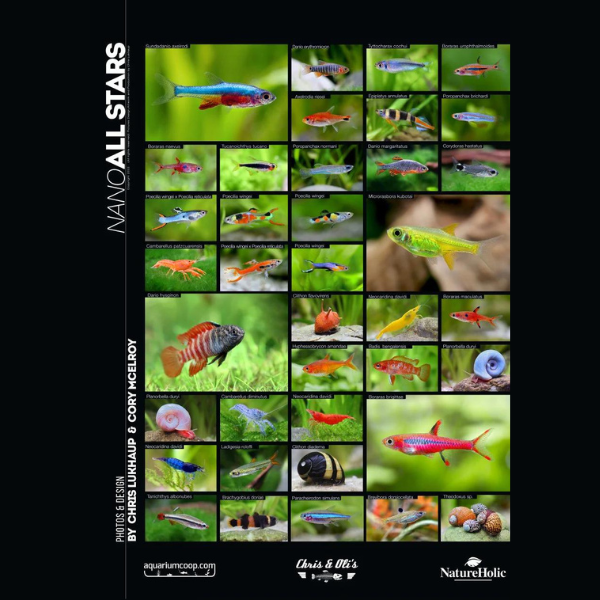
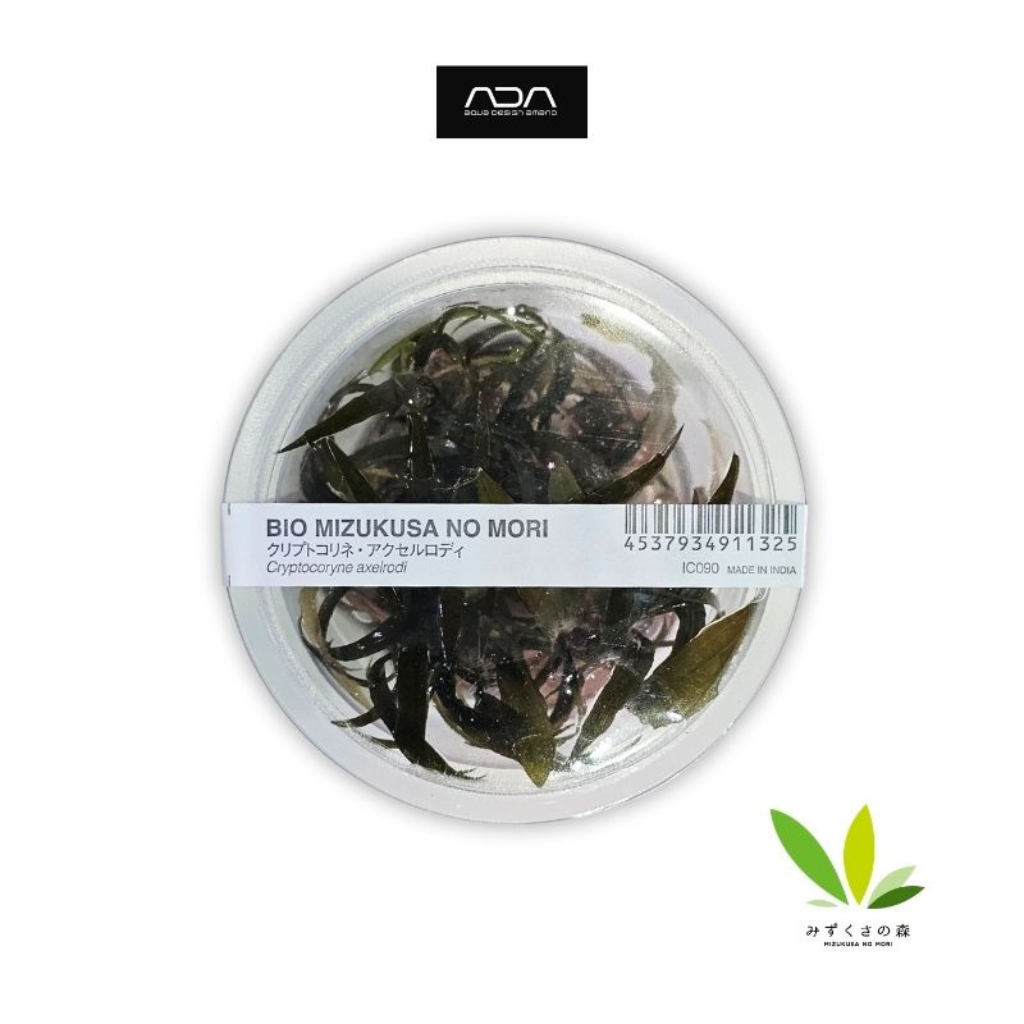
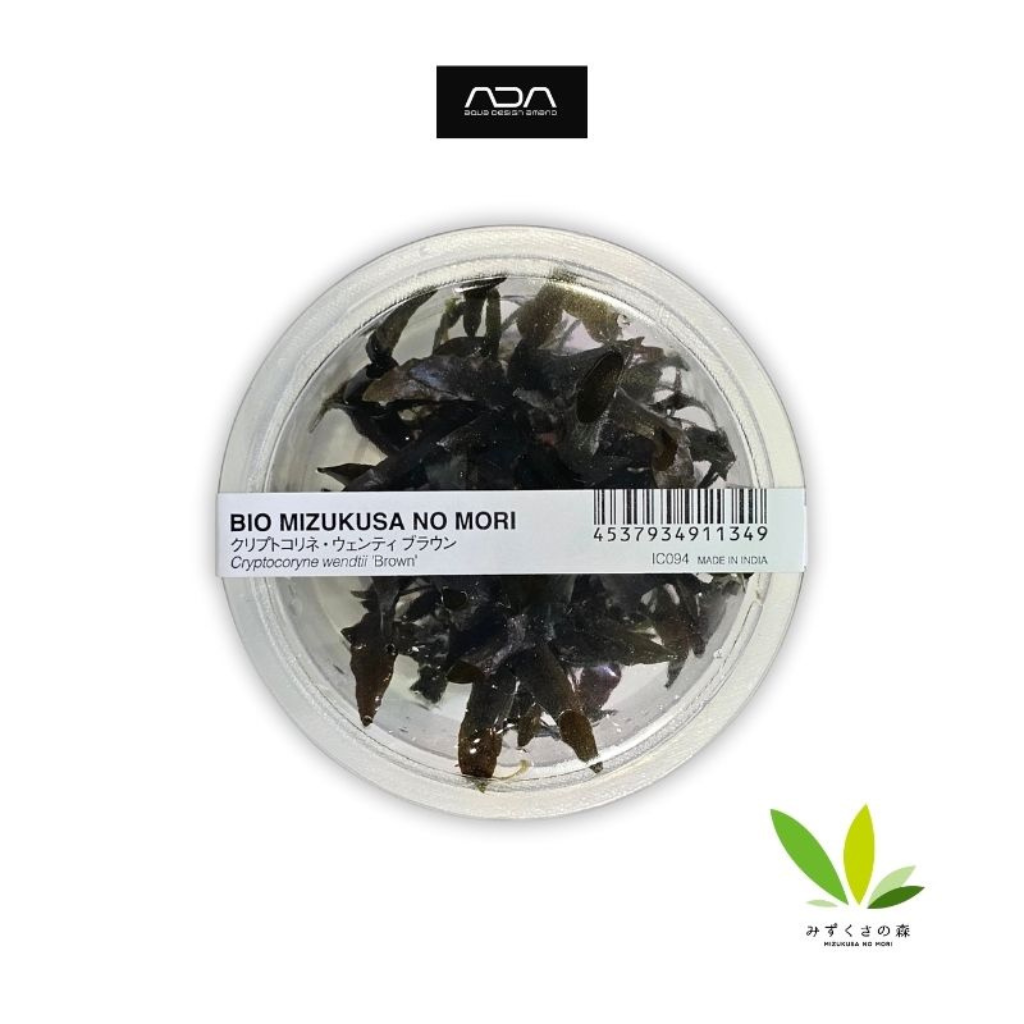
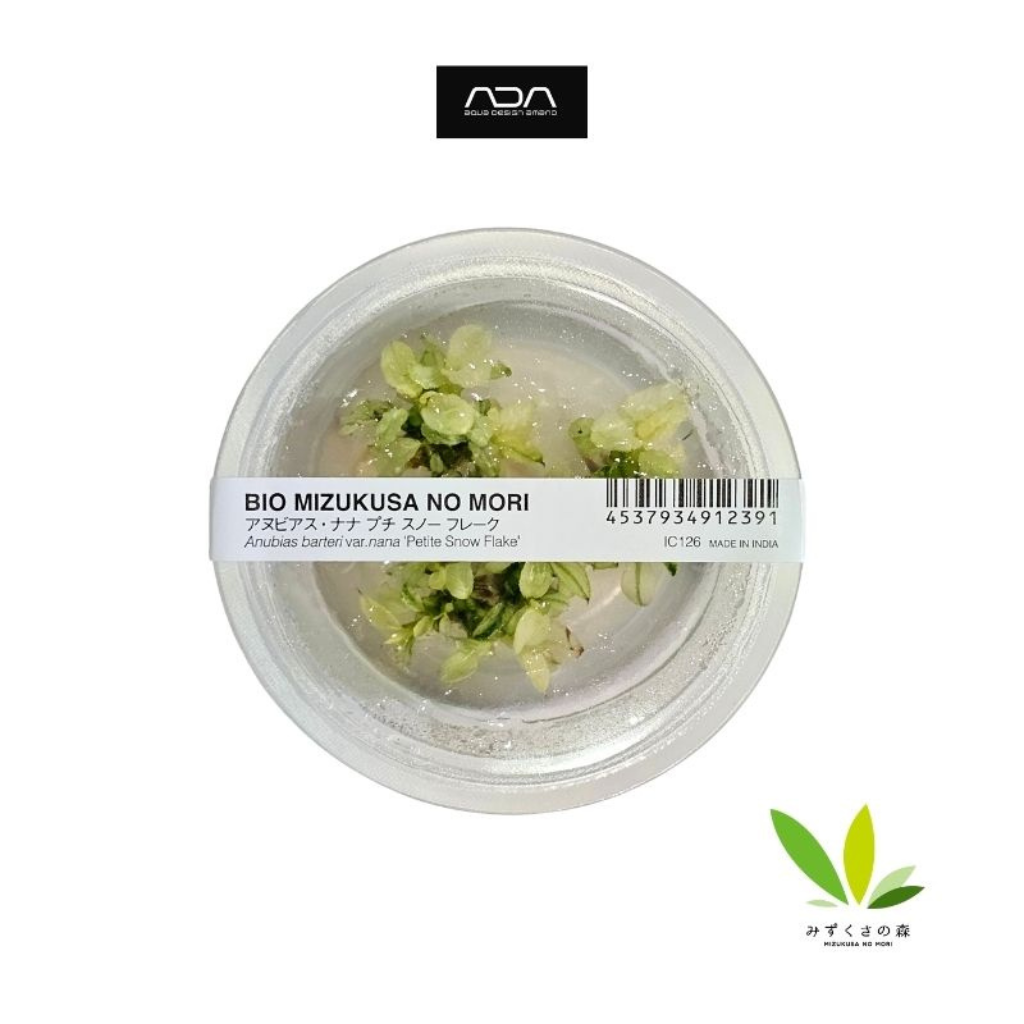

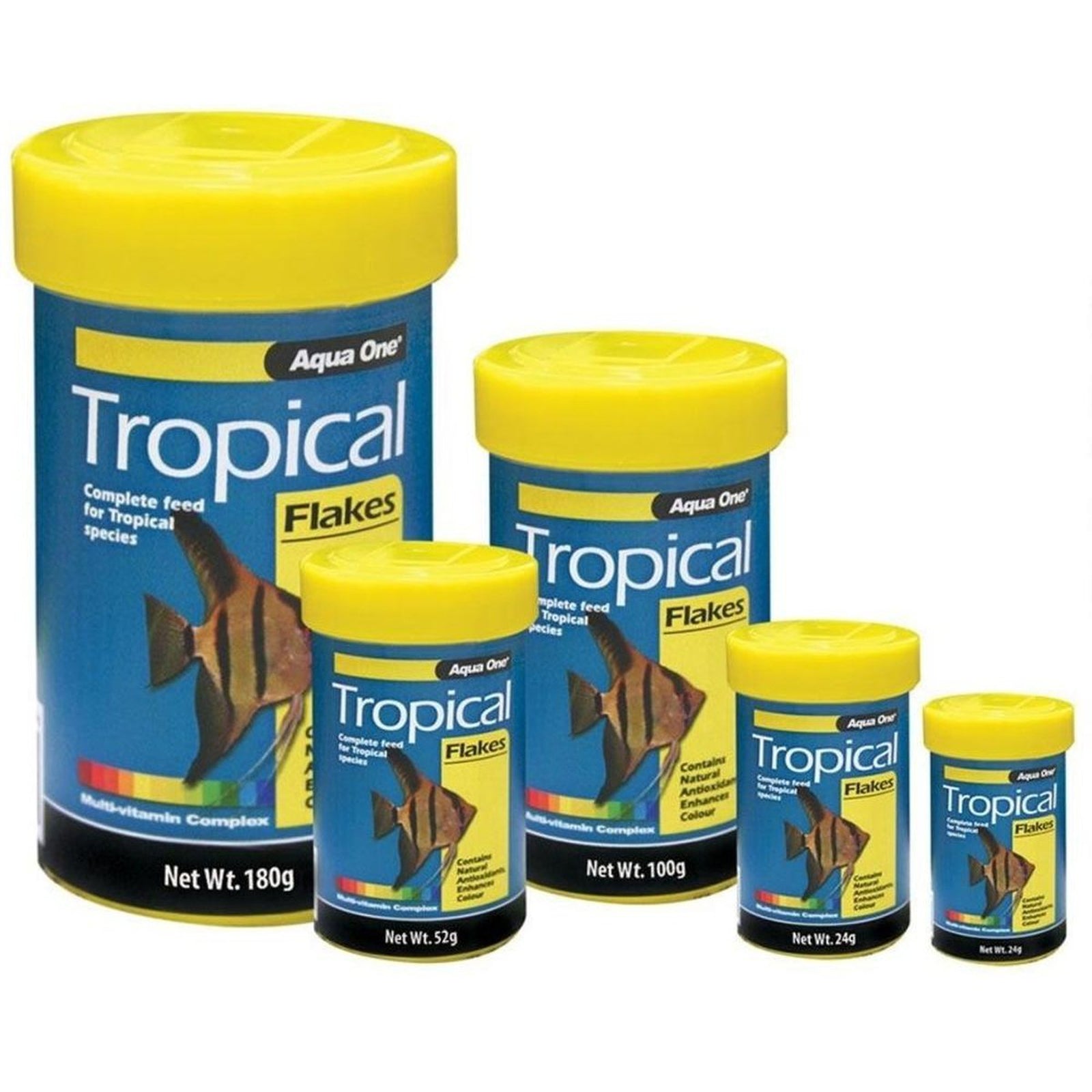
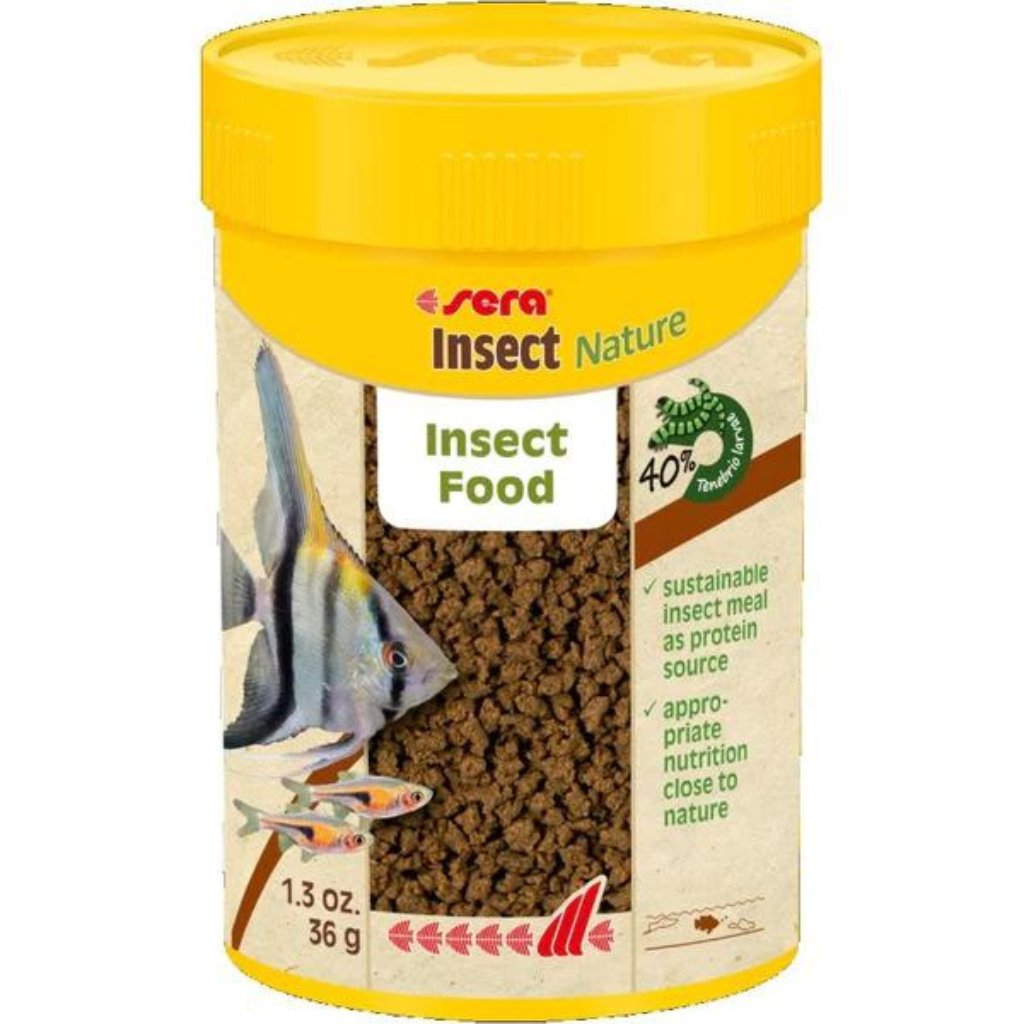

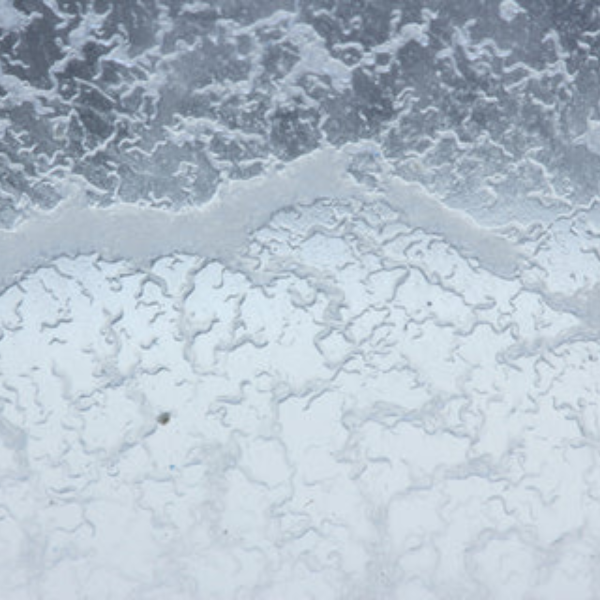




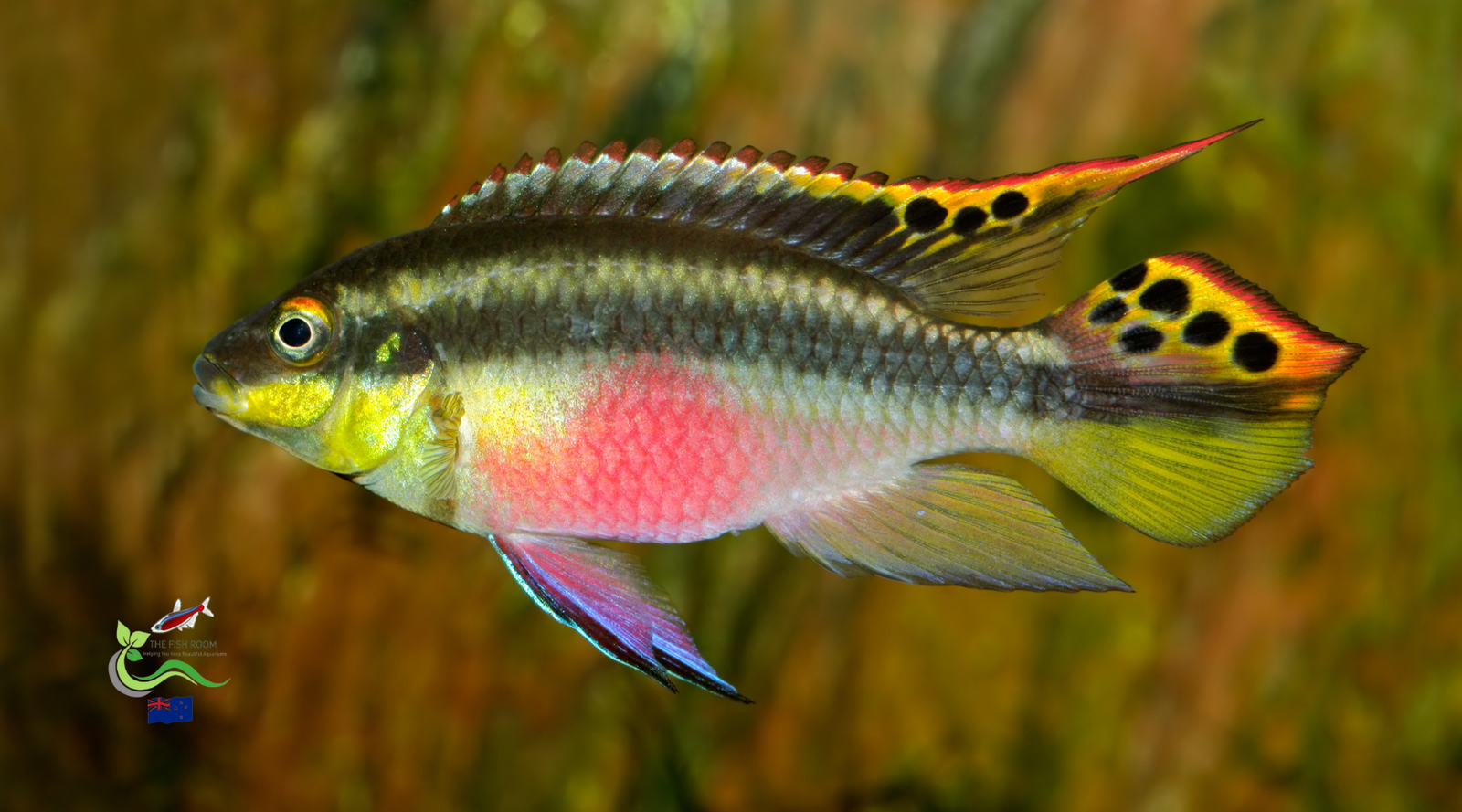
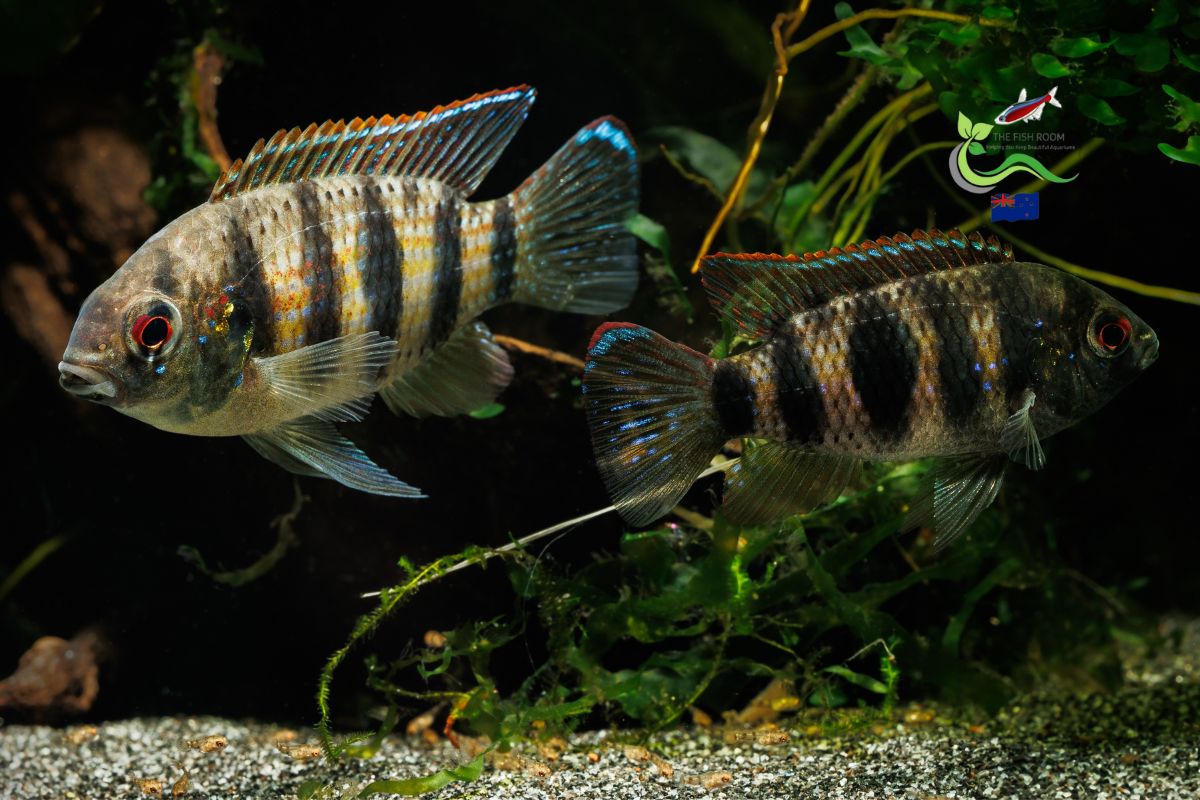
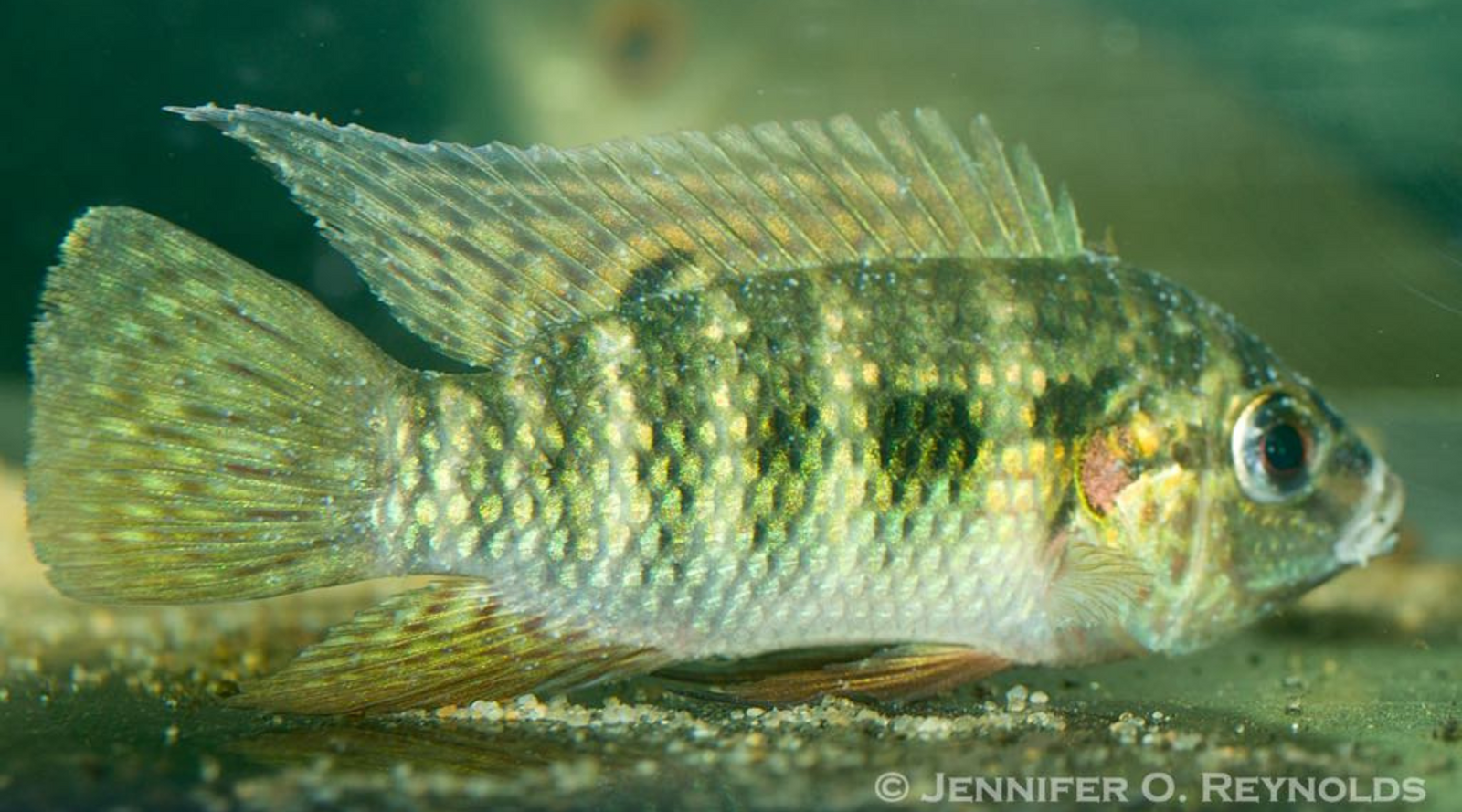
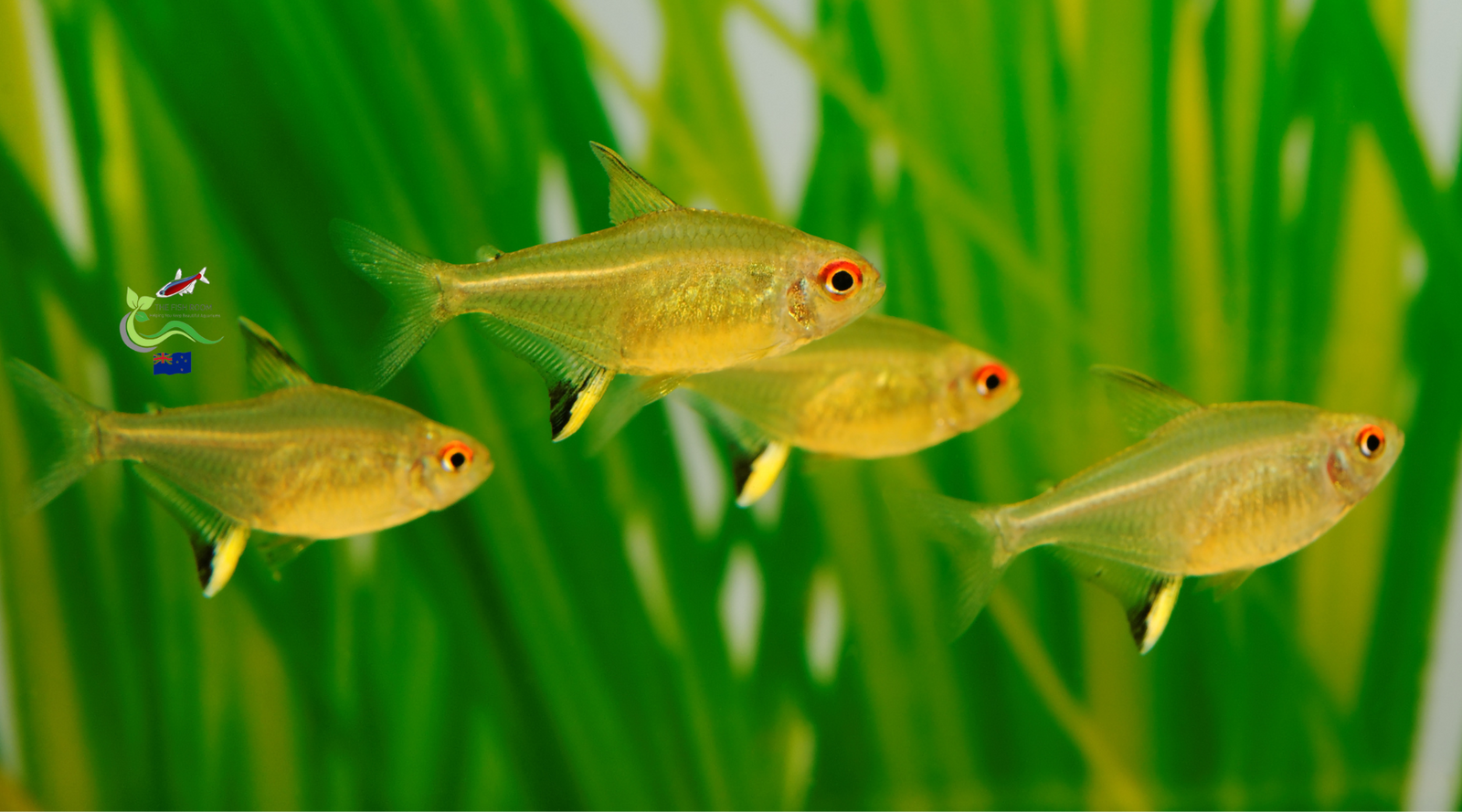
Dina
September 19, 2025
Thanks for all the information. I have a 55 gallon community tank. I’m thinking 2 pairs of krebenensis.